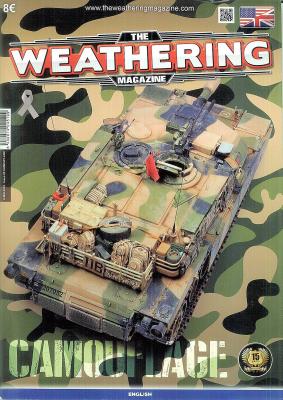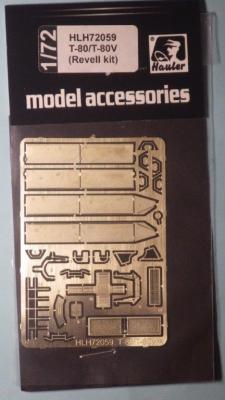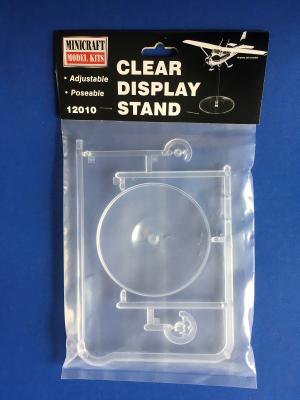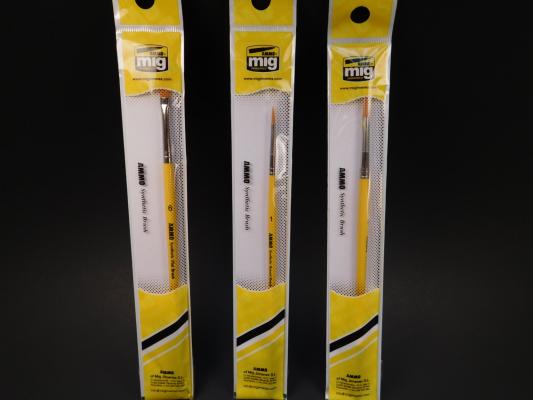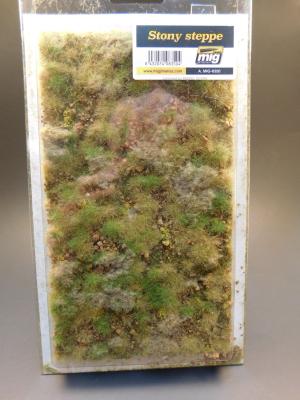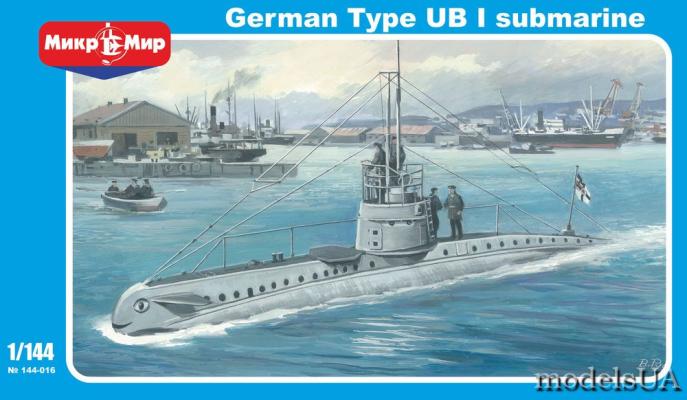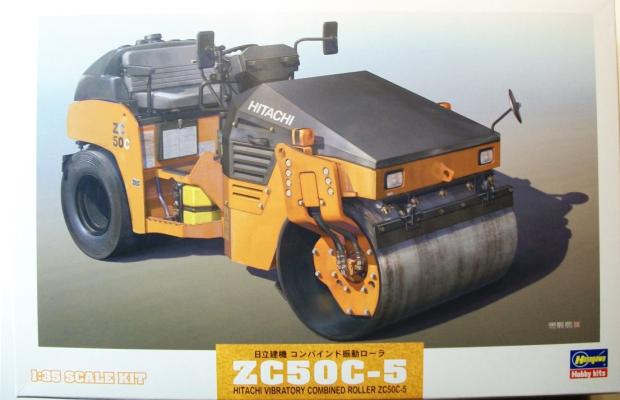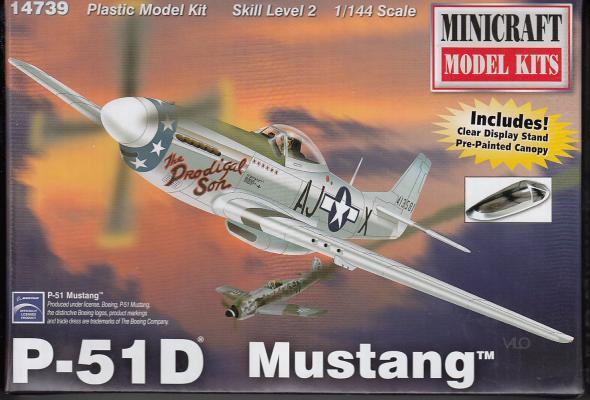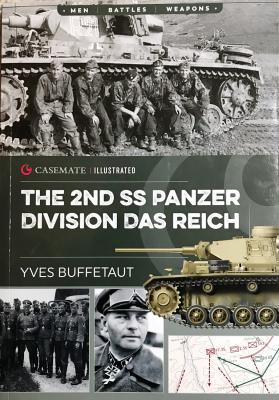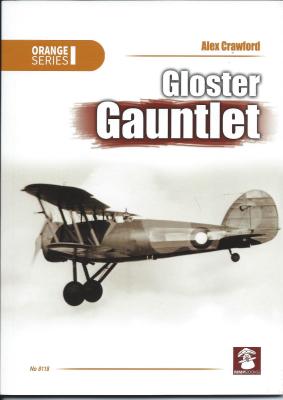This is 20th magazine in Ammo’s weathering line. I really like how they take one topic and run about ten articles to explain how to improve your skill on this technique. The magazine is in the larger, A4 European style, since it is published in Spain. There are 75 pages of high gloss color photos broken down into 11 articles. The article’s models range from five armored fighting vehicles, a locomotive, a figure, a submarine and a Sci-Fi Maschinen figure. Each article is six to eight pages long and full of photos detailing the step by step camouflage pattern being used. There is no construction of these kits discussed, it is just all painting and weathering. I noticed that almost all the articles use only Ammo by Mig products. Makes sense since it is their magazine series.
What's New
Hauler produces photo-etched and resin upgrade sets for armored fighting vehicles (AFVs), airplanes, cars, railway vehicles, and dioramas. They also produce a few resin kits. Their products are in most of the common scale sizes, 1/72, 1/48, and 1/35, but they also produce a number of other items in common railroad hobbyist scales.
The kit for this review is a small set of photoetch designed to upgrade Revell’s 1/72 T-80 kit. The most obvious pieces of photoetch parts in this kit are designed to replace the plastic grills over the engine and exhaust, as well as the side skirts covering the lower portion of the tank’s hull. However, there are also parts to replace the stowage basket on the turret, the commander’s machine gun mount and ammo box, as well as the headlight mounts and covers. In all, there are 25 parts included on one small sheet of photo-etch and a small set of instructions in the package.
Minicraft recently released a second decal scheme for their Beech Bonanza F-33 kit. Along with the Bonanza model, this display stand was looking for a home and a kind word on the IPMS Review Corps list.
This stand is packaged in an industrial strength clear plastic bag with a cardboard fold-over label stapled to the bag top. There are four parts of clear plastic, attached to the sprue with somewhat discrete attachment stubs. With care the parts can be removed with minimal stub marks left. These can be polished out, or the base can be painted.
The parts fit easily together. The vertical shaft slides into the round base and fits securely without glue. This shaft can be cut down to any desired length. Make sure you insert the solid end of the shaft into the base. The top has a hole drilled for the ball joint. Remember this also if shortening the shaft. I left mine as is.
Here is the description from Ammo’s website:
“The Synthetic Brush range made of high-quality fibers, offers great spring and color carrying capacity, making them an excellent option to paint medium and large areas of our models. The ideal brush for working with military vehicles, aircraft, groundwork, and all manner of scale models. Thanks to the fine point, smaller sizes are also suitable for detail painting.
They are solvent-resistant and can be used with any paint type including acrylics, enamels, and oils. These are heavy duty brushes at a very economic price, making them a great option for all types of painting and weathering techniques and tasks. Both round and flat shapes can be used to apply washes, filters, pigments, splashes, mud, and a wide range of weathering effects.”
This product is a premade diorama grass mat that represents the steppe region of Russia. A steppe is a vast area which is usually a level grassy, treeless tract of land. This mat’s measurement are 5 inches by 9 inches, or 130mm by 230mm to our metric speaking friends.
The mat is packaged nicely in a plastic, hanging container with a paper backing slid in and stapled. There is some grass and stones that came lose in shipping that make it look a little messy. This loose debris can be glued back onto the mat with a little white glue with very little effort. There are two colors of grasses represented, plus what looks like little tuffs of cactus needle fuzz. The different sizes of rocks look like the walnut kitty litter my cat uses but represents rocks very well. There also are some areas of little, light green speckles that appear to be moss.
History
The Type UB I was a class of small coastal submarines (U-boats) built in Germany at the beginning of the First World War. Built to meet the need for small maneuverable submarines able to operate in the narrow, shallow seas off Flanders, the vessels were intended to be quickly constructed, then shipped by rail and assembled at their port of operation. The design effort began in mid-August 1914 and by mid-October the first 15 boats were ordered from two German shipyards. The German Imperial Navy subsequently ordered an additional pair of boats to replace two sold to Austria-Hungary, who ordered a further three boats in April 1915. A total of 20 UB Is were built. Construction of the first boats for Germany began in early November 1914; all 20 were completed by October 1915. Several of the first boats underwent trials in German home waters, but the rest were assembled and tested at either Antwerp or Pola.
This is a new tooled kit first issued in 2017. It is an excellent kit in the Hasegawa range and is very easy to build as long as you watch the instruction details carefully.
In the box is:
- 2 x orange sprues
- 1 clear sprue
- 1 light grey sprue
- 3 x dark grey sprues
- 1 length of hose
- 1 decal sheet
- 4 x poly caps
- 1 instruction booklet
The sprues are extremely well molded with no flash and great detail. The parts are all molded in the correct colors so if the build is done well there is no need to do much painting.
When Phil Peterson sent out an announcement that there were new items for review, I went to the list with only a certain amount of excitement. There are very few 1/144 scale items available for review, and that’s my scale. I was glad to find a new 1/144 item from Minicraft. A P-51D Mustang. I sent an immediate email begging and pleading for this kit. And I got it. And I’m glad I did.
The book goes into details of the formation, deployment and combat actions of the 2nd SS Panzer Division Das Reich.
Das Reich was the first Waffen SS division created and was a major force where ever it fought.
The unit as formed in September 1939 as the war began and fought on most fronts from Poland, France, Balkans, Russia, back to France and then back to the eastern front at the end of the war.
I found this book fascinating and made me aware of a lot of information I have never read before. Das Reich was a formidable division and prove its worth and bravery on all the fronts it fought. It was used as a firefighting group on many occasions and resisted against the odds on many occasions.
There are a lot of pictures and illustrations that make the book even more interesting.
This is volume one in the Orange Series from MMP. The Gloster Gauntlet was the last open-cockpit fighter of the RAF entering into service in February 1935. In addition to the RAF, it saw service in the Commonwealth with the South African Air Force, Southern Rhodesian Air Force, and Royal Australian Air Force. Foreign users were Denmark and Finland.
The book is broken down into 10 main segments beginning with an Introduction and Development and Production chapters. The original Gauntlet design with the 450hp Bristol Mercury IIA engine but due to this engine’s unreliability the Gauntlet lost out top Bristol’s own design, the Bulldog. Five years later after steady design improvements and multiple engine installations the Gauntlet now being 40MPH faster than the Bulldog won a production contract.
The Gauntlet served the RAF well for about 3 years before in 1938 being removed from frontline service. 616 Squadron still had Gauntlets at the outbreak of WWII!

